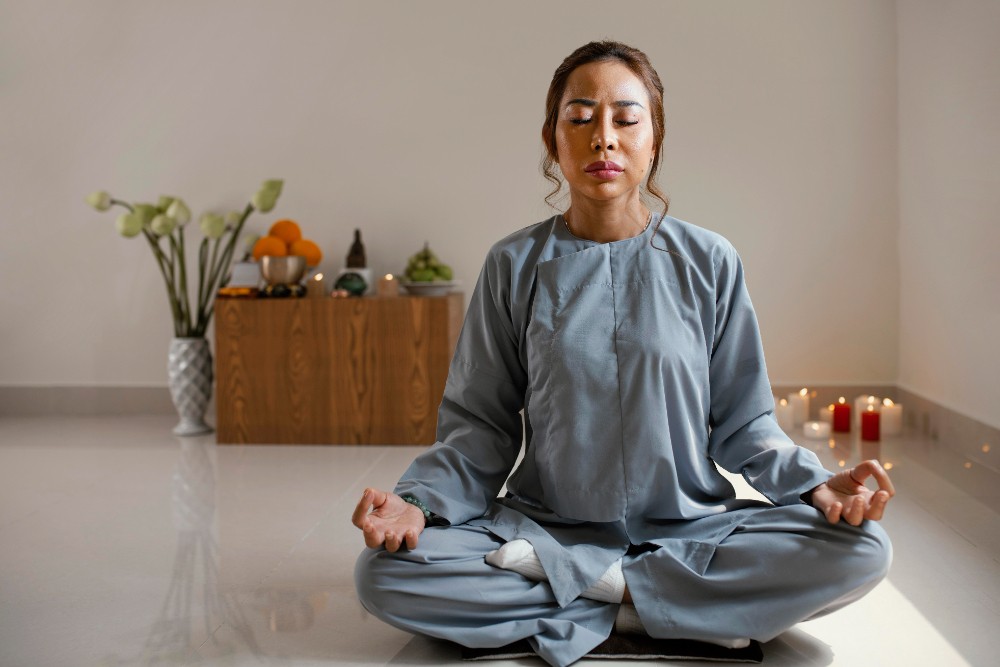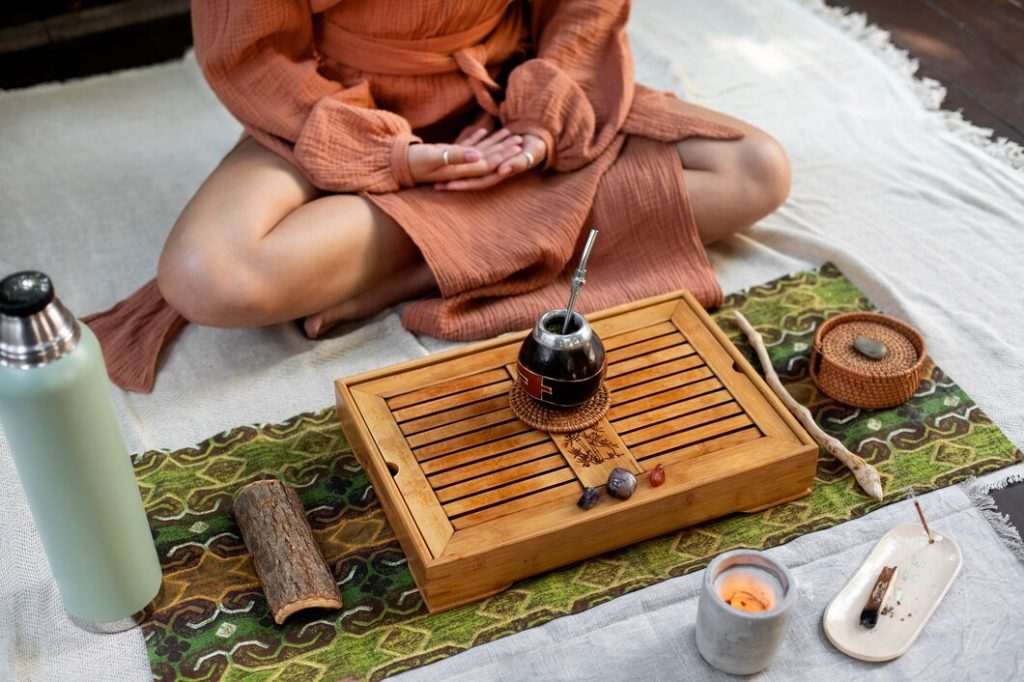Qi Gong and Tai Chi are ancient Chinese practices that have gained popularity worldwide for their numerous benefits for physical and mental health. These gentle exercises involve a series of slow, flowing movements combined with deep breathing and meditation. This article will explore the core principles of Qi Gong and Tai Chi, their benefits, and how to get started.
Qi Gong: Cultivating Vital Energy
Qi Gong, literally translated as “working with qi,” is a practice that focuses on cultivating and directing the flow of qi, the vital life force that permeates the body. Qi Gong involves a variety of exercises, including standing postures, seated meditation, and moving meditations.
Key Principles of Qi Gong:
- Mind-Body Connection: Qi Gong emphasizes the importance of connecting the mind and body. By focusing on the sensations in the body and the flow of qi, practitioners can achieve a state of deep relaxation and concentration.
- Breathing: Deep, rhythmic breathing is a fundamental aspect of Qi Gong. Proper breathing helps to regulate the flow of qi and promote relaxation.
- Visualization: Visualization is often used in Qi Gong to enhance the flow of qi and promote healing. Practitioners may visualize the qi flowing through their body or imagine themselves surrounded by a healing energy field.
Benefits of Qi Gong:
- Stress Reduction: Qi Gong is highly effective at reducing stress and anxiety. The slow, rhythmic movements and deep breathing help to calm the mind and relax the body.
- Improved Flexibility: Regular Qi Gong practice can significantly improve flexibility. The gentle movements stretch the muscles and tendons, leading to greater range of motion.
- Enhanced Energy: Qi Gong is believed to increase the flow of qi throughout the body, leading to increased energy levels and vitality.
- Boosted Immunity: Qi Gong may help to strengthen the immune system, making practitioners less susceptible to illness.
- Improved Mental Clarity: Qi Gong can enhance mental clarity and focus. By calming the mind and reducing stress, practitioners can improve their ability to concentrate and think clearly.
Tai Chi: The Art of Gentle Combat
Tai Chi, also known as “Shadow Boxing,” is a martial art that emphasizes gentle, flowing movements. While Tai Chi can be used for self-defense, it is primarily practiced for its health benefits.
Key Principles of Tai Chi:
- Slow, Fluid Movements: Tai Chi movements are slow, continuous, and fluid. This allows practitioners to focus on proper form and alignment, as well as the flow of qi.
- Root and Center: Tai Chi emphasizes the importance of being grounded and centered. This helps to improve balance, stability, and overall coordination.
- Mind-Body Integration: Like Qi Gong, Tai Chi emphasizes the mind-body connection. Practitioners focus on the sensations in their body and the flow of qi while performing the movements.
Benefits of Tai Chi:
- Improved Balance and Stability: Tai Chi is particularly effective at improving balance and stability. The slow, controlled movements help to strengthen the core muscles and improve coordination.
- Enhanced Strength and Flexibility: While Tai Chi is not a high-intensity workout, it can help to improve strength and flexibility. The gentle movements stretch the muscles and tendons, while the weight-bearing postures can help to build strength.
- Cardiovascular Health: Regular Tai Chi practice can improve cardiovascular health. The slow, rhythmic movements can help to lower blood pressure and improve heart health.
- Pain Relief: Tai Chi has been shown to be effective at reducing pain, particularly chronic pain. The gentle movements and deep breathing can help to relax the muscles and reduce inflammation.
- Improved Sleep: Tai Chi can help to improve sleep quality by reducing stress and promoting relaxation.
Getting Started with Qi Gong and Tai Chi
If you’re interested in trying Qi Gong or Tai Chi, there are several ways to get started:
- Find a Local Class: Many communities offer Qi Gong and Tai Chi classes. This can be a great way to learn from a qualified instructor and connect with others who share your interest.
- Online Resources: There are numerous online resources available, including videos, books, and apps, that can help you learn Qi Gong and Tai Chi at your own pace.
- Start Slowly: It’s important to start slowly and gradually increase the intensity of your practice. Listen to your body and avoid overexertion.
Qi Gong and Tai Chi are gentle yet powerful exercises that can offer numerous benefits for physical and mental health. By incorporating these practices into your daily routine, you can improve your overall well-being and enjoy a more balanced and fulfilling life.





